The Cross-Benefits of ‘Regenerative Placemaking’ Post-Pandemic
Typeface and graphic designer Ave Mateiu once said, “Constraints drive innovation and force focus. Instead of trying to remove them, use them to your advantage.”
In architecture, we are all too familiar with design and construction constraints, such as site context and accessibility, planning & building code regulations, climate conditions, project budgets, and available supplies of labor, materials, and technology, to name a few. Seeing as construction projects are generally a balance between time, cost, and quality, constraints on design, technology, management, legal requirements, social factors, and the environment can and do greatly affect the realization of a project.
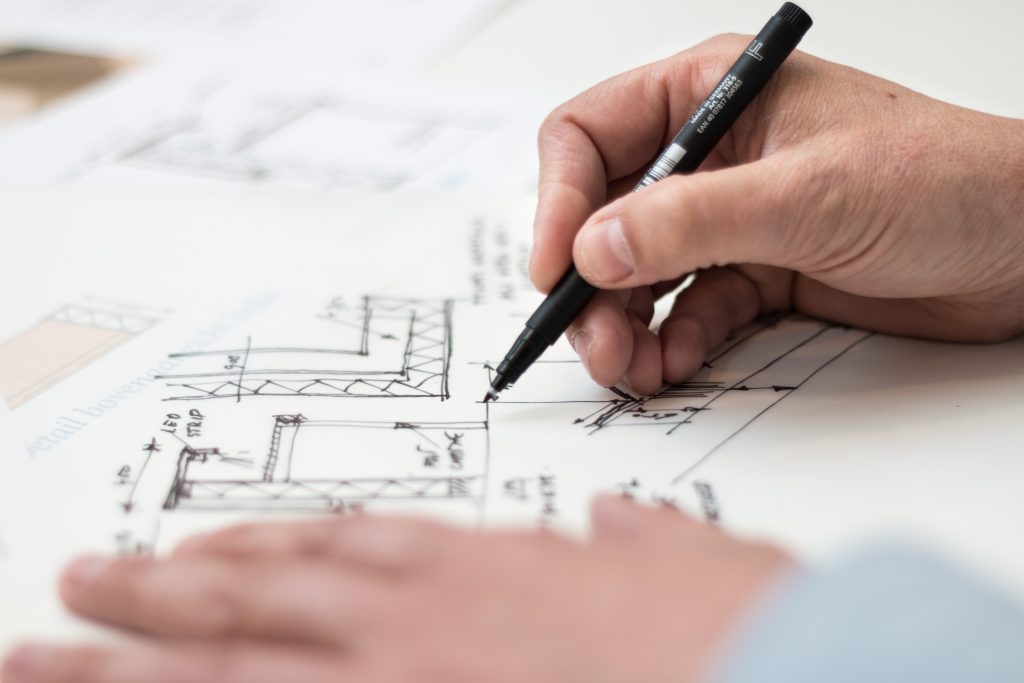
Because architects employ a critical problem-solving methodology called “design thinking,” they are some of the most adept at both managing and utilizing these constraints to generate more creative solutions. In the fields of design, constraints are often welcomed because of their helpfulness in defining limitations and revealing more obvious solutions. Therefore, as a matter of practice, architects are trained to identify all possible constraints as early in the process and with as much detail as possible, so that their potential impacts can be anticipated and managed effectively.
One new constraint being globally experienced is the COVID-19 pandemic, the effects of which will be long-lasting in the building industry. Building-industry practitioners have a choice: whether to view the pandemic as a crisis, or an opportunity. Since it is increasingly evident that demand is shifting and “business as usual” solutions are becoming no longer tenable, “regenerative placemaking” will soon be recognized as the critical path toward a more vibrant, sustainable, and healthy built environment.
So, what is “placemaking” in general? A sense of place is not just a location, but a unique collection of qualities and characteristics—visual, cultural, social, and environmental—that give meaning to a location. Therefore, placemaking is the art of designing or enhancing a distinguished sense of place that makes our physical surroundings worthwhile. Further, regenerative placemaking is designing and highlighting those qualities of a place in a way that not only sustains them, but actively restores the environmental, financial, and social health, wellness, and vitality of those spaces.
Currently, many communities are suffering from generic “spreadsheet” architecture and land-use planning. These communities may very well be efficient and cost effective, but the more one location becomes like every other, the less distinguishing reason there is to visit it, much less invest. Ultimately, if a community cannot differentiate itself, it loses its comparative advantage.
If there is any silver-lining to COVID-19’s impact on the building industry, it is that it’s serving as a catalyst for imperative change in the way the industry adapts and moves forward. Pre-pandemic, the health and sustainability of buildings were seen as luxuries, whereas they are now increasingly regarded as absolutely critical characteristics to the future development of successful places. In this way, the pandemic is acting as the impetus for designing public spaces that actively work to not only sustain but restore collective human health.
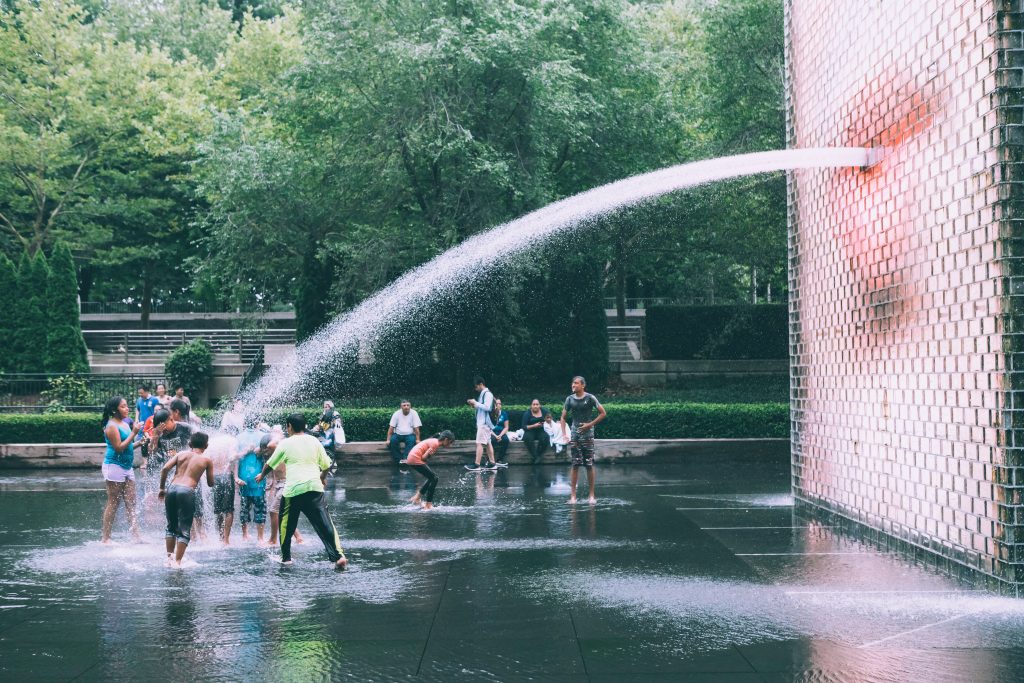
As the novel Coronavirus continues, the public is learning that its impacts will be seen for years to come. With this in mind, people are adapting, embracing parks and streetscapes as safe spaces, and going outdoors to exercise and safely socialize with proper precautions. While the trend for outdoor spaces and sustainability were occurring before the pandemic, they are now in higher demand as city dwellers engage with green spaces for renewed comfort and a sense of well-being from being quarantined indoors for so long.
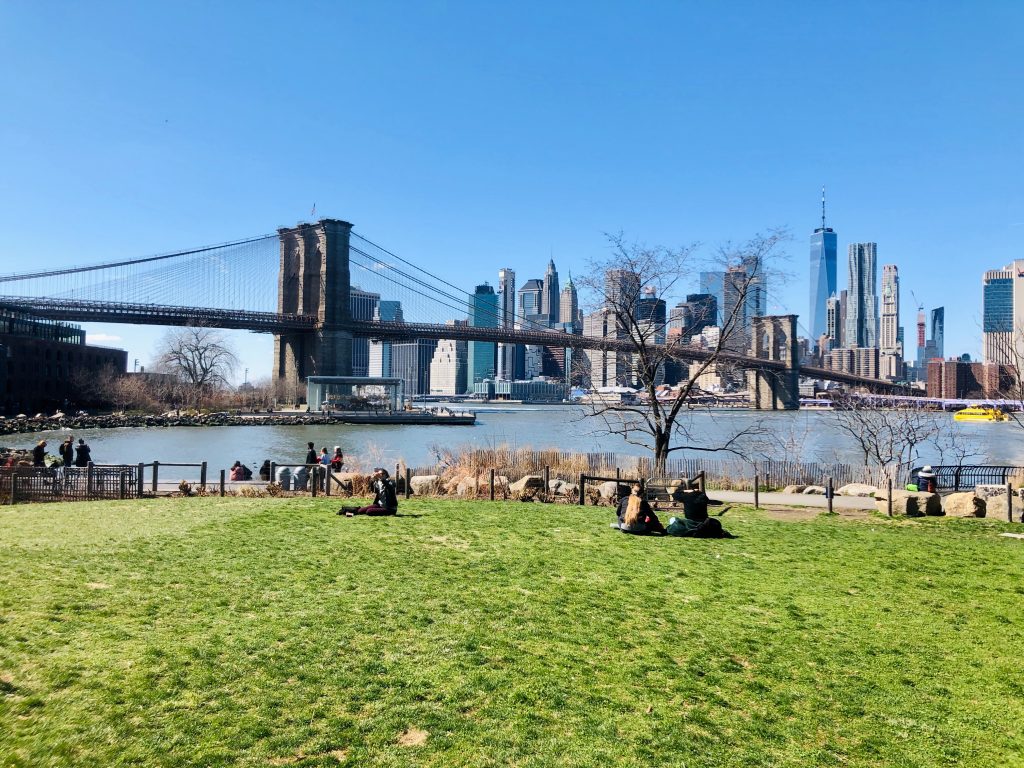
At the same time, we see that municipal budgets are rapidly disappearing due to the various economic shutdowns, with restaurants, hotels, and retail taxes dwindling greatly. When municipal budgets tighten, one of the first public departments to experience funding cuts is Parks and Recreation, especially as governments around the world focus their expenditures on health-related costs and pandemic responses. Thus, at a time when the public is demanding more outdoor recreation space, municipal services are unable to adequately accommodate.
This constraint, however, provides an ideal opportunity for architects, urban designers, landscape architects, and developers to meet that demand by “re-greening” privately owned publicly open spaces (“POPOS”), and to do so in a more “wild,” or ecologically symbiotic, manner. In this way, the spaces serve as functional regenerative landscapes and not just greenwashed plazas.
Design firms and practitioners capable of recognizing this emerging demand stand to create lively new urban aesthetics as a means to re-green city spaces not currently adding intrinsic value to adjacent parcels. Vacant lots, surface parking, and alleyways are all examples of spaces that may add more value to the public if redesigned into pocket parks and can also aid in the regeneration of the ecological health of cities. Such redesigns can further fortify public health with fresh and filtered oxygen, carbon, and other atmospheric pollution sequestration, stormwater run-off purification, and additional community gathering spaces.
Portman Architects is committed to meeting this demand for green outdoor spaces in between and integrated with buildings. We recognize the inherent value such spaces offer to users, tenants, and developers alike. As more people invariably continue working from home, we anticipate the demand for close access to pocket parks and outdoor amenities. And for those businesses that slowly return to their offices, workers will also be interested in office-building complexes that offer quick access to green spaces, as outdoor activities give reprieve from a general COVID-19 malaise.
For example, Portman Architects was recently commissioned to evaluate and design an adaptive reuse for a selection of historic buildings in downtown Atlanta. The building owners desired to adapt these buildings in order to increase building program-use density. What was once a complex of office buildings will now be updated and refreshed to accommodate a more varied mix of uses, including residential, retail, entertainment, boutique hotel, and flex office space. While our design team builds on the original masterplan studies of the site, we are also making a point to determine the other opportunities for a more vibrant mix of uses. After a thorough evaluation and working with the owner, our design team is rethinking and retooling this space to accommodate a new generation of life—a new regenerative place to live, work, shop, dine, and play. In this case, we are providing an additional service by performing an urban analysis of the owners’ existing assets, the occupancy of those assets, and analyzing how the common spaces between their buildings may serve as key areas for regenerative placemaking.
By incorporating this emerging urban design methodology, we are able to demonstrate how these overlooked POPOS can be designed into park-like places. Moreover, with the massive surface parking lot next to the site, we are demonstrating how an extension of this new green space can flow onto the adjacent site, creating a linear park that could serve as a green-edge condition for new infill building projects in the future.
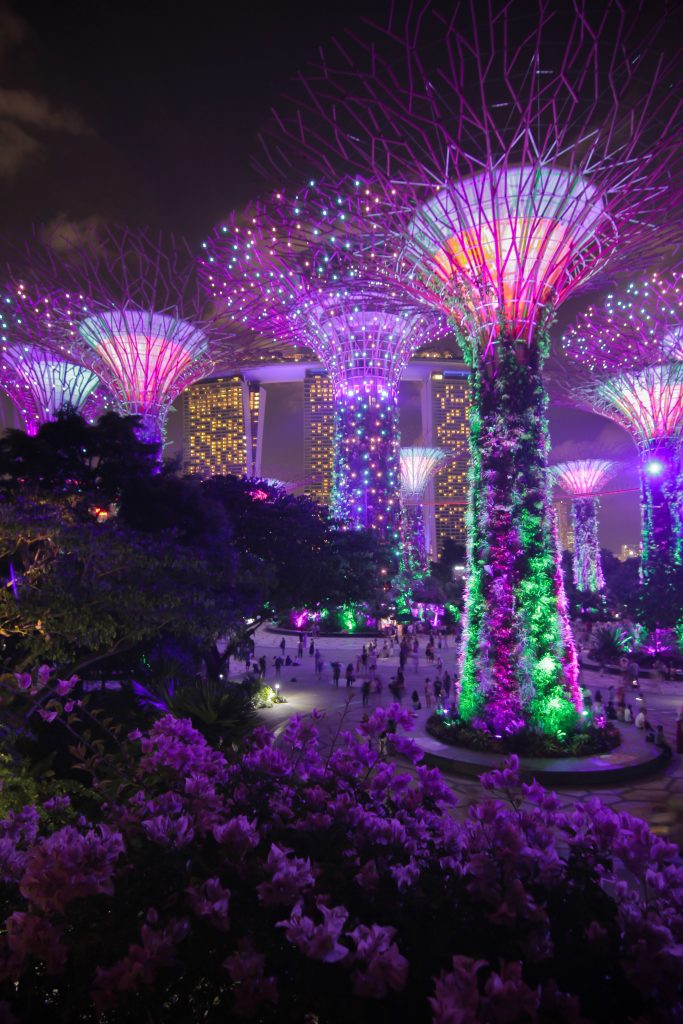
As more people begin to utilize these spaces on their walks, runs, and bike rides, they will increasingly help to create “positive congestion” and synergize the uses of the buildings to foster a new place where people want to be.
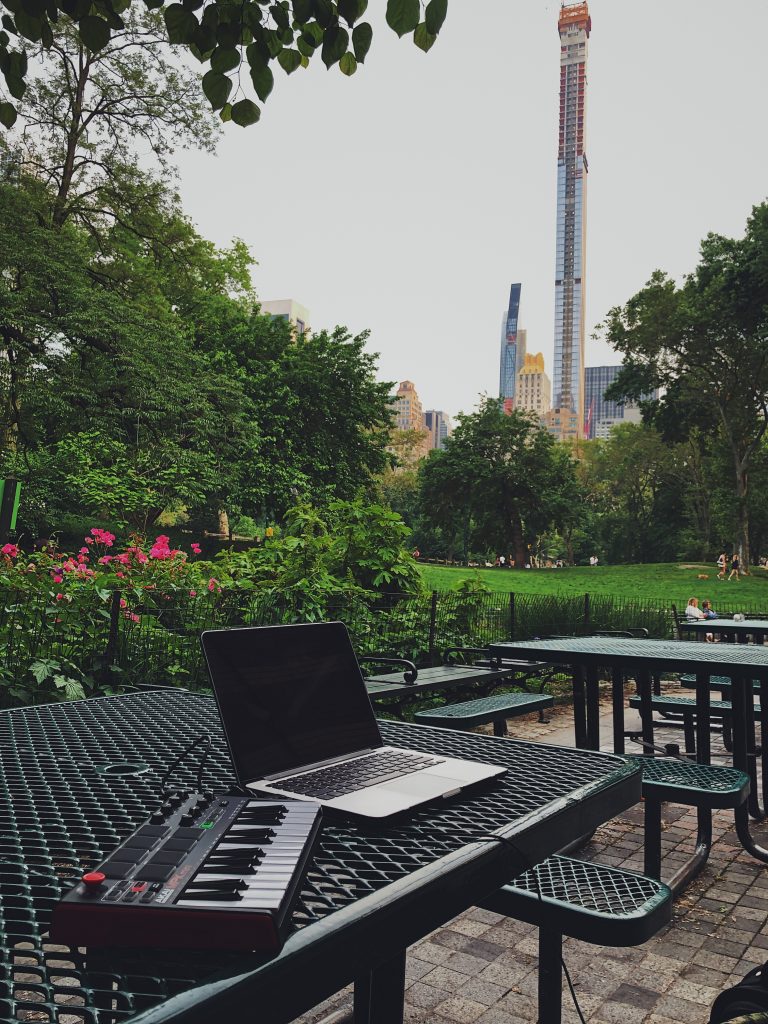
The Urban Land Institute has articulated the financial incentives of placemaking to developers by stating,
“The ‘Place-making Dividend’ is the intrinsic value that accrues to a community when districts possess a strong sense of place that in turn results in high levels of repeat visits, increasing rents, retail sales, leasing demand, and capital value. Such a dividend occurs when real estate projects are so well designed and interconnected that they work as one integrated place.”
Coupled with the essential health-giving principles of regenerative design, these places will not only increase occupancy, but also facilitate the healthier lifestyles of those occupants. Portman Architects recognizes this intrinsic value and specializes in the sustainable architecture and urban design knowledge required to make these spaces. We will continue to work toward realizing this level of value for our clients and our communities as we move forward into the future.
As more cities like Atlanta reimagine themselves to retain density, they will retool these design-neglected spaces away from auto-dependent conditions and into those that better support their inhabitants with greener, safer, and healthier spaces. Perhaps the pandemic is catalyzing this transformation more rapidly than would have been done otherwise.
The opportunity is there—let’s seize it together.
Please check us out at portmanarchitects.com.
We’d love to work with your team and explore these ideas further with your projects!
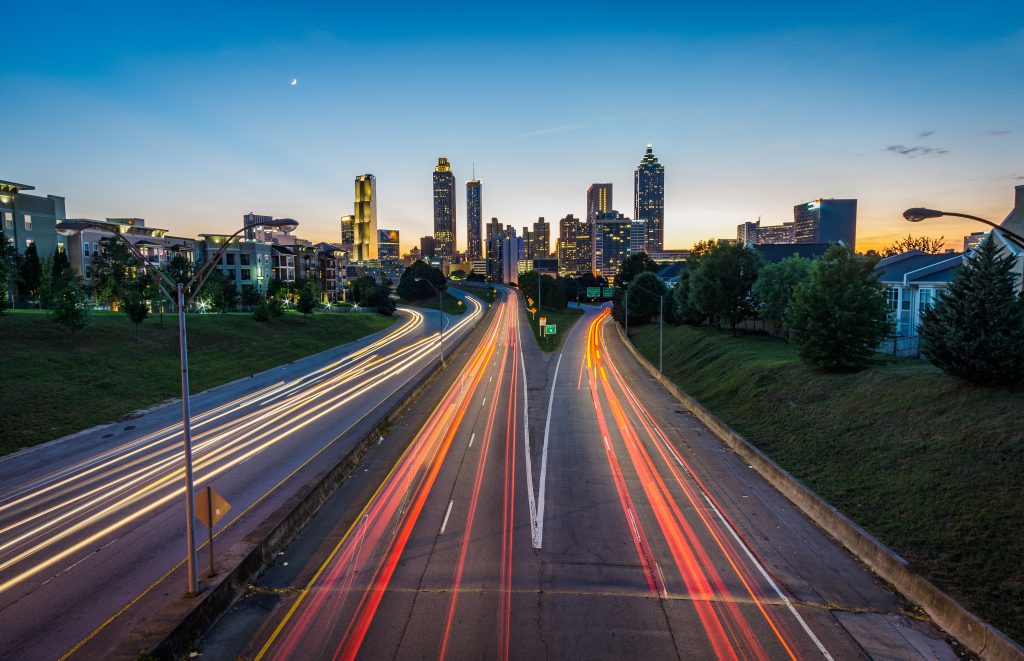
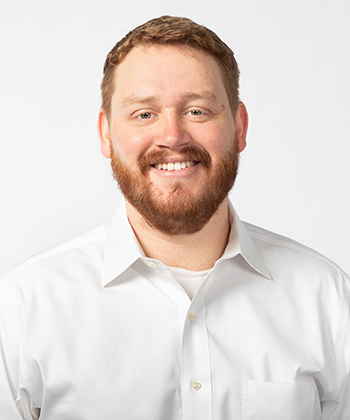
Coston has a vision for the future—and it’s green. He’s dedicated his life and career to becoming a green building professional. Before joining Portman, Coston worked both as a Photovoltaic Solar-system Designer for Radiance Solar and as a Lead Solar Technician for SolarCity. Helping design and build many of the commercial and industrial solar projects in Georgia, he’s also earned his certification in Sustainable Design in 2013.
Coston holds a BA in Interdisciplinary Studies with concentrations in Environmental Science, Geography, Sociology and Economics from Georgia College and State University. He earned his Master of Architecture from Georgia Tech in 2017 and the following year earned his Master of Science in Urban Design. Coston’s academic research focused on net-positive regenerative architecture, urban design and real estate development, entitled: ‘Design to make places that produce more than they consume.
Give us a call at 404-614-5555, or email the author at cdickinson@portmanarchitects.com
